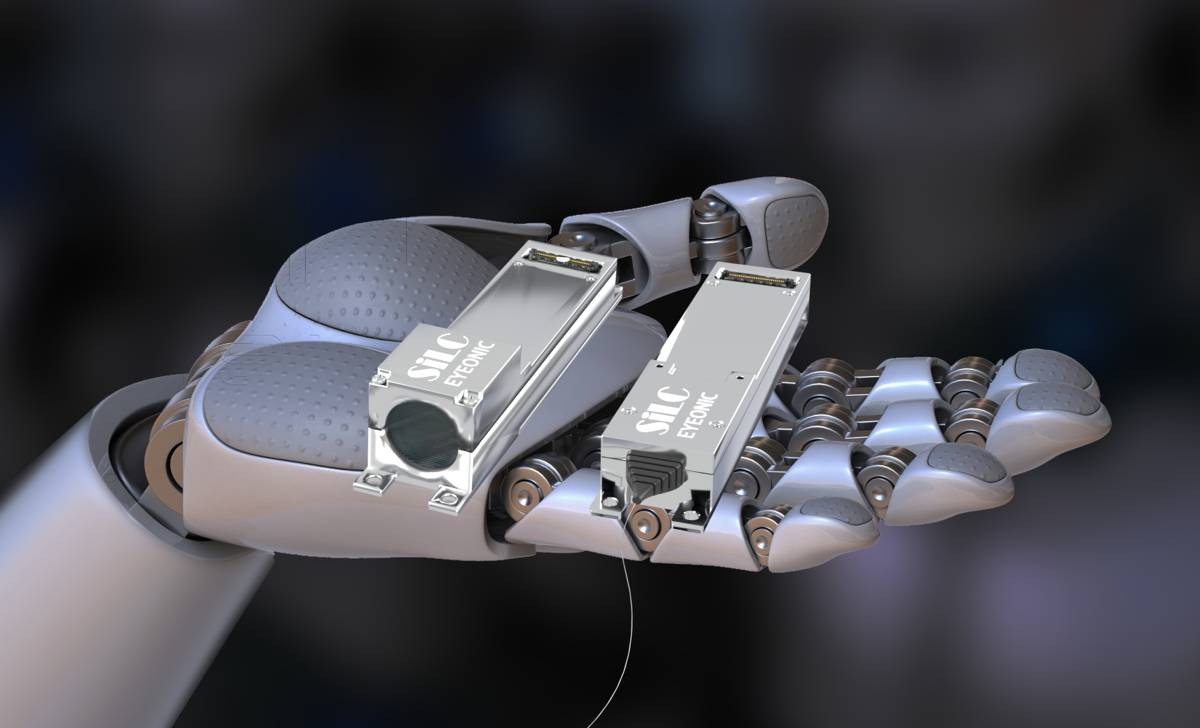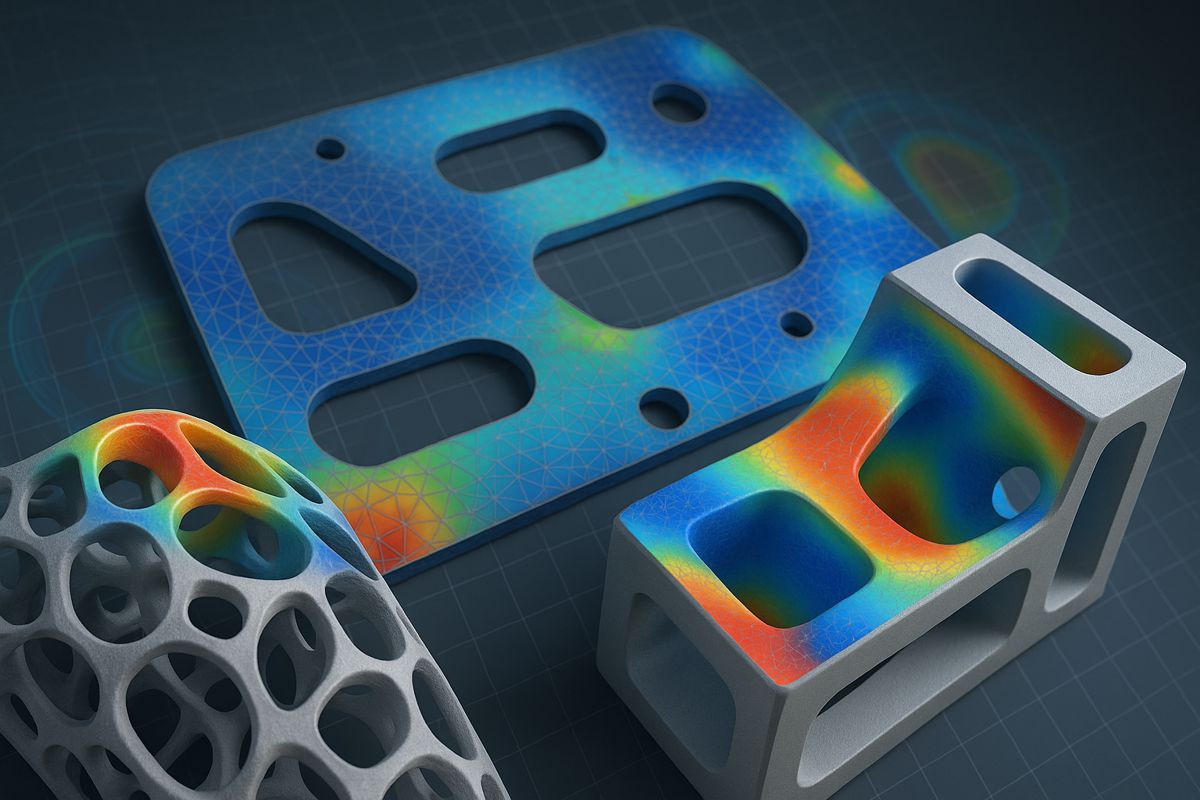SiLC unveils chip-integrated FMCW LiDAR Sensor
Today, SiLC Technologies, Inc. (SiLC) announces the launch of its powerful, compact vision sensor delivering coherent vision and chip-scale integration to the broader market.
The new Eyeonic™ Vision Sensor takes LiDAR to a new level of performance by providing accurate instantaneous depth, velocity, and dual-polarization intensity information while enabling immunity to multi-user and environmental interference. These features will enable robotic vehicles and machines to have the necessary data to perceive and classify their environment and help them predict future dynamics using low-latency, low-compute power and rule-based algorithms.
Harvesting the additional information that is carried by photons, Eyeonic is the foundation for the next generation of machine vision. The Eyeonic Vision Sensor is a first-of-its-kind FMCW LiDAR transceiver. At the nexus of the Eyeonic Vision Sensor is SiLC’s silicon photonic chip which integrates LiDAR functionality into a single, tiny chip. Representing decades of silicon photonics innovation, this chip is the only readily-integratable solution for manufacturers building the next generation of autonomous vehicles, security solutions and industrial robots.
“Eyeonic will be transformational to many industries across the globe by enabling the anticipated mass migration to coherent imaging,” explained Mehdi Asghari, founder and CEO, SiLC. “Our unique technology and innovative manufacturing process puts SiLC in the optimal position to provide the key building blocks needed for this next wave of significant innovation – at a competitive price.”
Keenly driven by the technology challenges of commercializing silicon photonics, SiLC’s integration platform brings together high-performance components into a single silicon chip through mature semiconductor fabrication processes, offering a low-cost, compact, and low-power solution.
“Eyeonic represents one giant step forward in the quest to bring true vision to machines,” said Kris Peng, president at UMC Capital. “This is the first step toward a scalable, lightweight, low-cost solution that can measure the full motion of any object – without any prior training.”
The ability to manufacture commercial-grade coherent LiDAR solutions has become a pacing factor for market growth – a situation that SiLC is remedying. SiLC intends to make this technology available to all system integrators and end-users, starting with enabling early access to strategic partners in autonomy, security and industrial applications. Offered in two configurations, fibre and fibreless, Eyeonic addresses the current roadblocks facing industries that rely upon vision sensors to embrace burgeoning market opportunities. Fibreless vision sensors have long been sought after as they enable the lowest cost in a compact configuration. The fibre pigtailed Eyeonic allows for design flexibility by supporting configurations where the FMCW LiDAR transceiver and scanning unit are at different locations.
To facilitate customer development efforts, SiLC offers reference designs and a range of key components needed to develop a full solution. Examples of fully configured systems, based on the Eyeonic platform, will be made available as prototypes to enable rapid evaluation by customers and end users.

SiLC will demonstrate the Eyeonic Vision Sensor at CES 2022 from January 5-8 in Las Vegas.



















